100% made in Italy pasta. Could it be true?
Interview with President Margherita Tomasello
The norm on the traceability of pasta is leaking from all sides. Writing a fake on the label is a crime but how many – among the companies that claim that their product is packaged with national wheat – tell the truth? In reality, not many, according to the observatory of the Sicilian Academy of Pasta, which wants to be a point of reference on the world of organic and certified km0 products. In Sicily, for example, ships with foreign wheat continue to disembark and farmers have great difficulty in moving forward: ≪According to data from Ismea (Institute of services for the agro-food market), the production of durum wheat is not sufficient to satisfy foreign and domestic demand – explains the president of the Sicilian Academy of Pasta, the entrepreneur Margherita Tomasello, whose family owned the historic Palermo pasta factory -. Mills and pasta factories, therefore, must obtain supplies by exploiting the markets with a quantity from abroad that varies between 30% and 40% ≫. Statistics show that the consumption of pasta – defined as 100% Italian – has grown by 8 percent thanks to companies with an artisan vocation. ≪This, for us at Accademia, is a great victory – continues Tomasello – because the consumer begins to perceive the quality of Italian wheat and, in particular, of the Sicilian one. The only real unknown remains the quantity of imports which increases instead of decreasing. So we ask ourselves how true are the words in the packages that promise 100% local pasta. It is no longer enough to rely on the reputation of the brand: customers need to know the origin of the ingredients which must be easily reported on the package, hoping that during production, some Canadian or foreign wheat will not accidentally fall out≫.


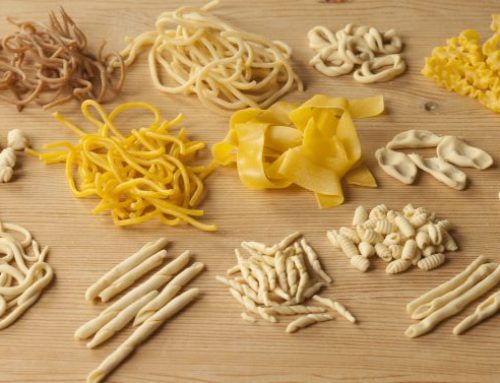
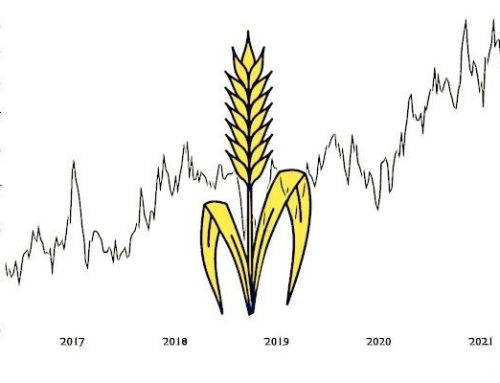
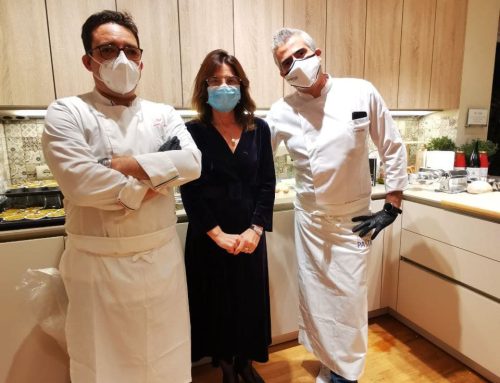
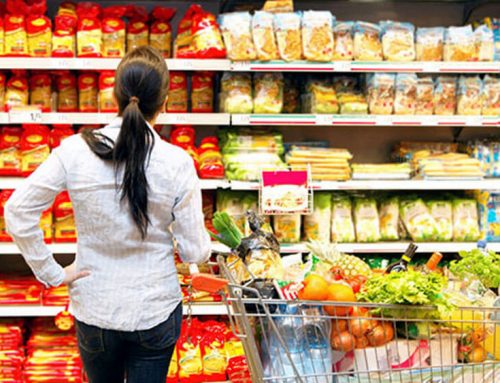
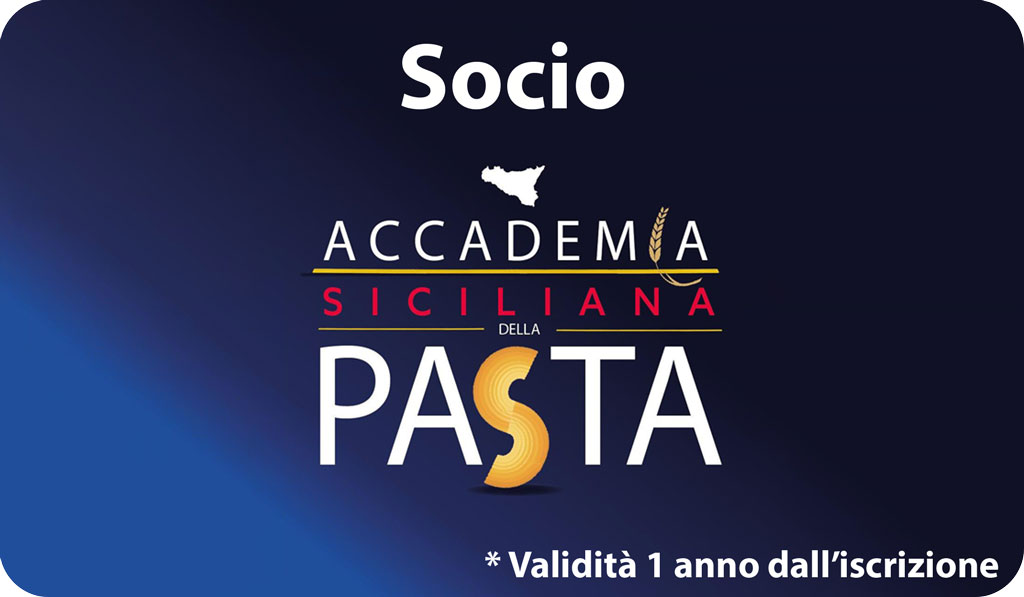
Leave A Comment